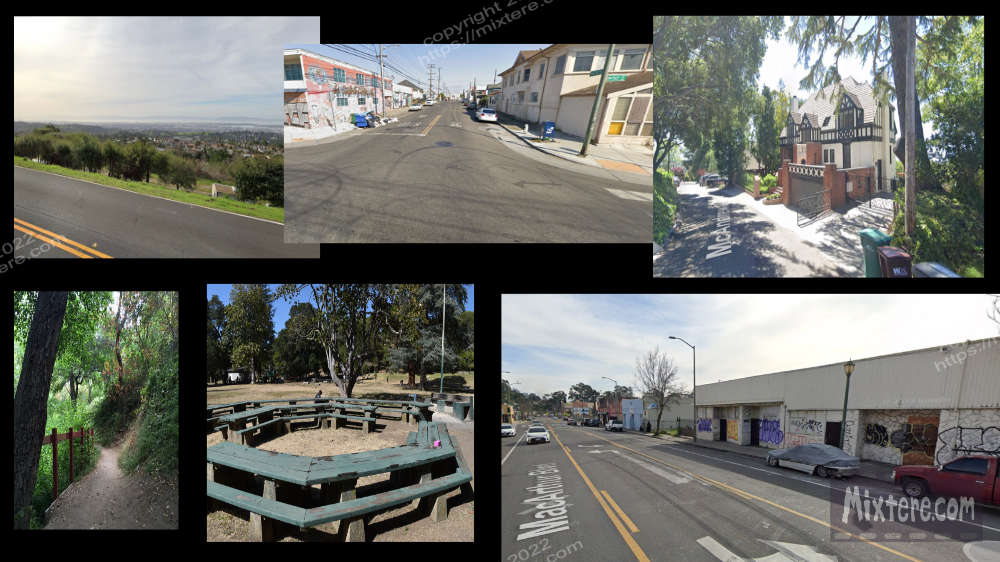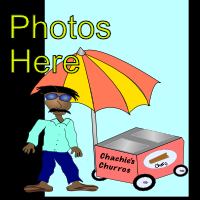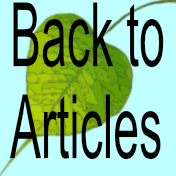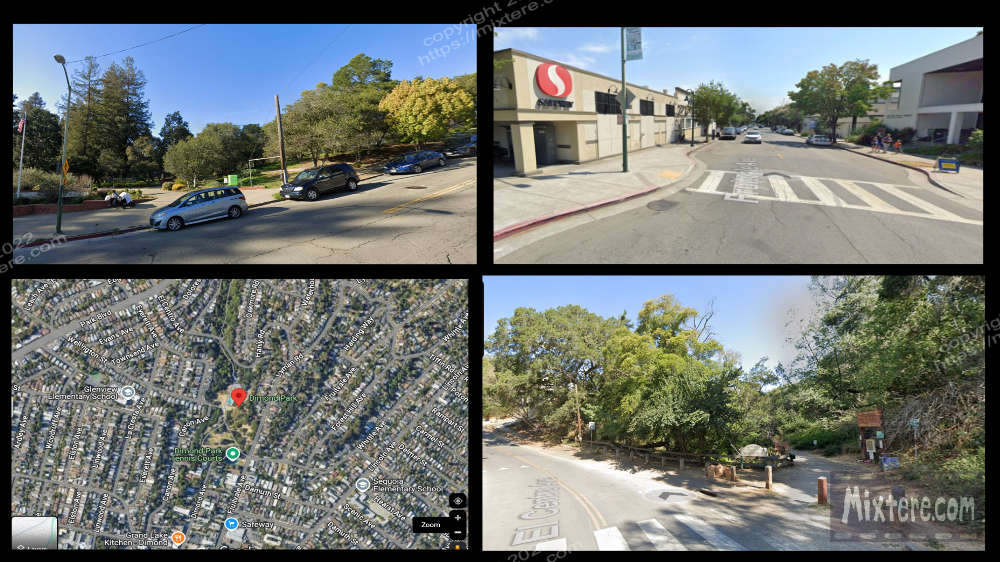
*Note*For safety's sake I did not feel that walking around taking pictures in Oakland was a safe or prudent idea. I am providing some street-view screenshots for a little context.
I owe gratitude to the city and people of Oakland, who kindly hosted me after being stranded in India during the height of the pandemic. It offered me shelter when this was hard to find. Unfortunately, because we were all socially distancing at that time, I didn't have many opportunities to meet people or visit public places. My stops were usually the grocery, corner store and mom and pop shops that were open. I spent most of my time exploring on foot in what I felt to be the safer areas and later by car. I also whiled away the hours with books and the internet. I found a sublet in the Lower Dimond district. It was rented to me for a 9 months stay while the elderly tenant decided to stay put and wait out the waves of COVID in Costa Rica. Although I had a limited window of experience in the East Bay, it left me with a lot to say. Oakland was unlike any other living experience I have had. I found it to be an enigmatic place; both fascinating and frightening. It drew me in and yet it also repelled me. The East Bay is an area that for me is still shrouded in a great deal of mystery... and fog.
The weather is as good a place to start as any. I moved in at the end of summer. I was surprised to find that Oakland was both cool and foggy a good deal of the time. While my sister baked in the strong heat of Novato, I was experiencing mild temperatures in the sixties and seventies much of the time. Sometimes it was even chilly. But it was not as cold as many parts of San Francisco often are. Because of how the bay is orientated along it, the East Bay seemed to have unique microclimates. The flats, harbor, Embarcadero and parts of downtown were often cloudy and grey. Areas in the hills were clear and sunny more of the time. Up there were even woodsy areas, parks and open spaces thickly populated with trees. From here, the views of San Francisco and the bay were spectacular. I spent a great deal of time tooling around those hills in my coupe. My favorite spot was a protected park along the mountain ridge called Reinhardt Redwoods.
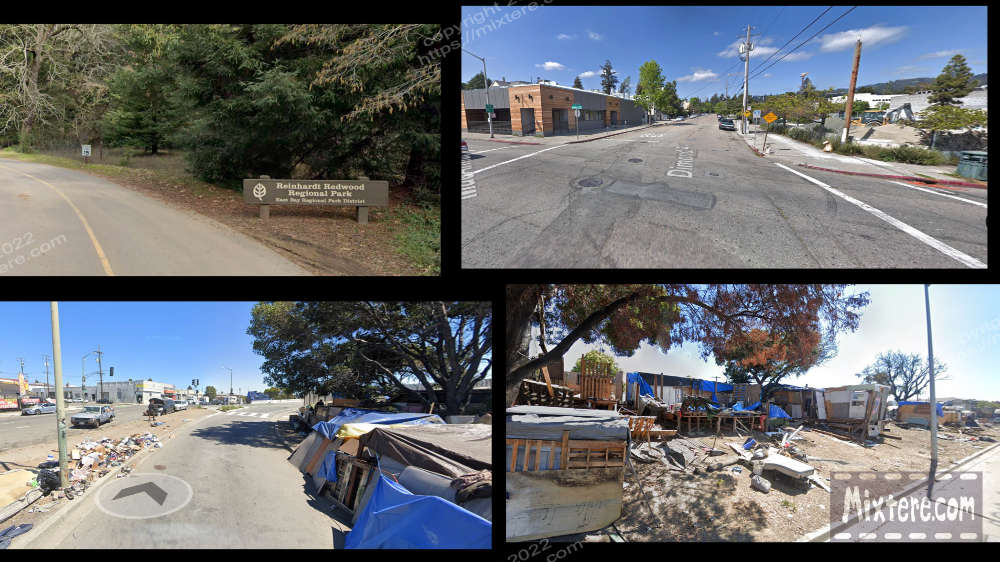
Although no harm came to me during my stay, Oakland was the most treacherous place I have ever lived. Locals said that now it is a lot softer than it used to be. There was a gradual process of gentrification going on. Well, it didn't feel soft to me. It felt gritty and ultra-edgy. Coupled with a sense of danger in Oakland was a sense of freedom. My perception was a sense that in many cases, almost anything goes. In and around Oakland I experienced a freedom to interpret norms and laws without much threat of legal penalties. And there is considerable crime, poverty, gangs, corruption, police problems, racism and economic depression in Oakland. It seemed that the lower in elevation and the closer to the bay one was, the rougher things got. And there were areas known to be or felt to me to be dicy. For me these were the Embarcadero, the old coliseum neighborhood and what is called "the deep east." Apparently some towns near Oakland have even rougher reputations. Hayward, Richmond and Hercules come to mind. But here in the city there were plenty of rough characters about; loads of drunks, homeless, junkies and prostitutes and shady operators posted on corners. Some parts of the city hosted a plethora of astoundingly bombed-out areas of urban blight and makeshift shantytowns of homeless encampments and freeform RV parks. All this added to the edginess. It did not seem to be a place for an outsider to go strolling about casually. And when I was motoring around I often prayed that my car would not break down.
A sketchy local that I later had as a housemate advised me that in Oakland you need to "stay in your lane." I immediately started to hone in on this requirement. A block or two from the park where I lived were both large houses in the hills and dilapidated slums that bordered on gang territory. Gunshots were commonly heard. A memorial for a recent victim was erected overnight on the corner of the block. I had not really suspected shots that close to home. The danger about was both palpable and yet at the same time invisible. I would feel it at times but could never quite to put a finger on it. I had walked slums of India at three in the morning yet I was not street-smart by Oakland standards. I didn't know where I was along the line of being complacent and being paranoid. In retrospect I feel that I was not cautious enough.
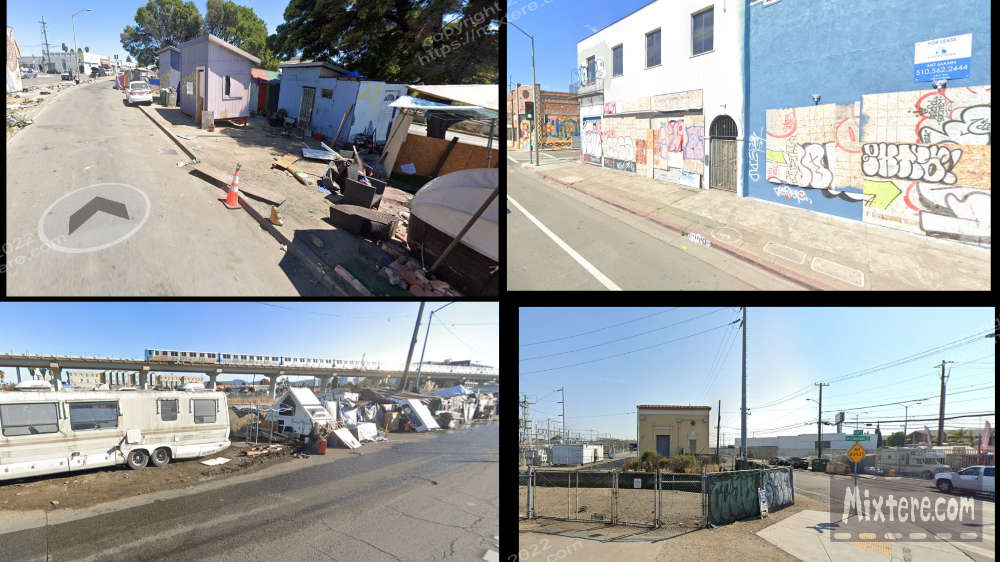
The East Bay is a difficult place for an outsider like me to describe. There seemed to be a lot to the place. It's a place that hosts a lot of variety. And all around there was evidence of Oakland's past. There was some interesting architecture, both residential and industrial. Old victorians still stood in some places. Sprinkled about were occasional redwood giants, survivors from a time when Oakland had been a great woodland. I heard that some of the old trees, now gone, had been so large that ships had used them as reference points to orient themselves to enter the San Francisco Bay. Lumber from those great trees went to building much of the San Francisco area. This is almost certainly true after the earthquake and fires of the early 1900's. In the more central part of the city it seemed that a lot of care and money had been invested in the architecture of the city. There were some beautiful and grand buildings, some still gleaming but most in disrepair. There were also grand parks, such as Lake Merit, that sprawled out in generous dimensions. A lot of these parks featured dramatic fountains that water had long stopped flowing from. In short, not unlike Long Beach, infrastructure had once been built that the present population's taxes could no longer support.
I believe that at least since the 50's, Oakland has had a large concentration of African Americans. This demographic was born of a migration of peoples from southern states seeking well-paying manufacturing and industry jobs. This demographic, now graduated by generations, created the predominant feel to the place for me. Ebonics, streetwise posturing, bbq joints, and big powerful cars racing around and or thumping rap music were commonly present. Not since India had I heard music being pumped so loud. But here thunderous bass was favored instead of the ear-piercing treble of Hindustani vocals.
There was a great deal of variety to the folk around. The East Bay seemed to be home to a lot of first or second generation immigrants. Their mom and pop businesses proliferated. A lot of these folk came from Asian and Middle-Eastern backgrounds. Additionally, artists seemed to proliferate. A great deal of LBGTQ folk and movements were present there too. There were tech folk around too, relatively new additions. There was startling diversity in some neighborhoods, homogeneity in others. In the area were also basic working folk with families and children, commuting to work in San Francisco or nearby. The Lower Dimond neighborhood I stayed in was a sort of melting pot of all of this.
A theme of freedom and nonconformist pursuits in life seemed to find a home in Oakland. I could tell that gentrification was strangling these freedoms, but for the time being they were still firmly rooted about. The area seemed to be a magnate for alternativeness. A lot of cannabis businesses were welcomed in Oakland because the city was in such need of tax revenue and because, as a business owner later told me, "nobody gave a fuck." Alternative churches, including ones that claim psycho-active and entheogenic plants as religious sacrament, are also based in Oakland. I witnessed much of the people around being tolerant of each other to an amazing extent. A stroll in Dimond Park mixed me with all these folk. I think that although it can be uncomfortable, interacting with so many different types of people on a daily basis is a good thing. It forces one to be more well-rounded, more accepting of differences. Here I witnessed a diversity that I have never experienced anywhere else in the world. I think this quality and orientation is something the folks of Oakland can be proud of. It's not easy reconciling great differences between people.
With this diversity and the poverty and the often neglected and dilapidated urban landscape came to me a growing awareness of racism, discrimination and economic depression. The feel of urban decay slowly seeped into my bones like cold can. The differences in the experience of people from distinct classes, races or religions are not as apparent in other places I have been, where all these folk live in their separate communities. But in a lot of parts of Oakland everyone was mixed together. This meant images, for example, of an 80k luxury car turning a corner, pivoting around a homeless man squatting for a bowel movement. Or there might be a fleece-vested, spectacled tech worker laser-focused on an iphone screen, a stones-throw from a hard-eyed street operator doing brisk business. And with all this going on, in the background there might be an uppity boutique selling craft cannabis beside an informal street-side memorial of a fallen solder that had been "smoked."
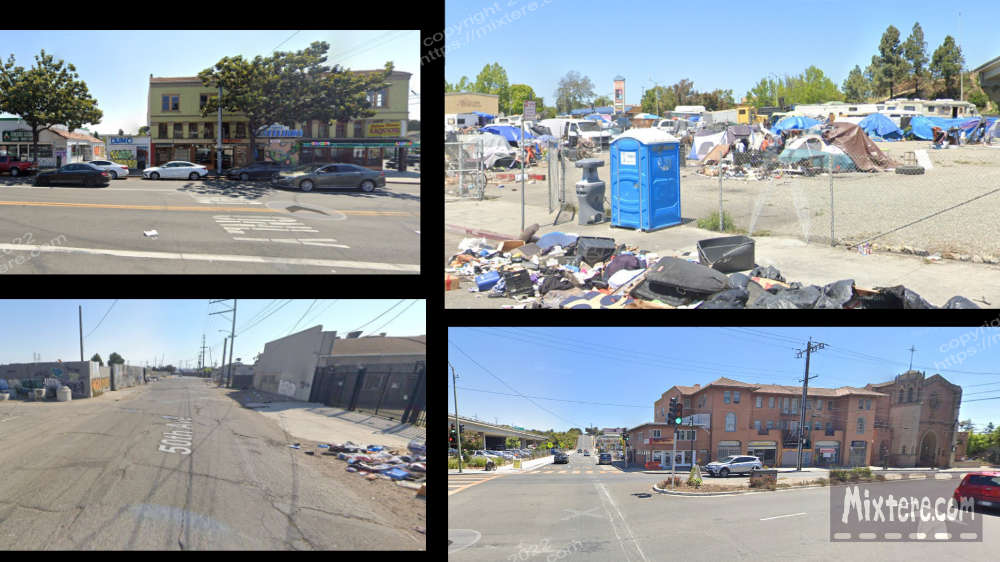
But most evident in the environment were the race issues and the direct differences in quality of life that they had led to. Like during my visit to Baltimore I perceived what I saw around me as the remnants of slavery and then failed industry. In Oakland, many of the people around me had had to make do with scant resources, few opportunities and dangerous environments. One can read about these things in a book but there is nothing like seeing and living around it. Except for a brief stint in Austin Texas I had never lived around such concentrations of African Americans. But suddenly here I was in a town that despite some diversity was mostly poor and black. Through I will never truly know it, in Oakland I gained a window into just a bit of the experience of these folk. I saw the run-down schools and parks. I saw graffiti and evidence of drug trade and gang activity, and noted the relative absence of police. I saw the over-grown tennis courts, the water fountains that didn't work, the pitted streets, the plethora of blunt wrappers, liquor bottles and beat-up cars. I saw how the city pool in Dimond Park was now exorbitantly priced and off limits to local residents. Beside it, inscribed in the old cement pedestal by the Lyons Club, read the words from another era. They read "for the children." But the children were shooting baskets on the cement court outside or scooting or biking around the rough paths of the park. Adults of a lighter color with reserved, purchased lane time or classes, were the only ones in the pool.
I saw how human development and education had been hampered by the scarcity of resources. I felt the absence of and the collective resentment toward the police and the local government. And I noticed the loss of skin pigment and urban decay as one gained elevation into Peidmont or Berkley. Everything was clean and tidy up there in the hills. Where I lived, I often felt like one of a few flecks of white in a sea of black, brown and shades of yellow. It was startling to visit my parents in the bleached-white demographics of Marin and later Sonoma county. An hour in a car can change one's environment quite a lot, especially with the large barrier of the bay.
Still, in the park, greetings and light-heartedness were pretty common. There gritty street characters were smoking weed or passed out in the bushes along the creek while children biked, ran and played alongside parents or guardians. Homeless, addicts and mentally ill folk proliferated. One day one of them locked himself in the bathroom. He kicked at the doors in mysterious rage til he had trapped himself within in the process. Then and only then were the police called. Squirrels chittered and feral cats roamed about. At night the resident skunk would emerge and I could hear packs of raccoons roaming about. I actually made an audio recording of their strange tittering language I heard them speaking to each other in.
The park was run down a bit but probably not by Oakland standards. The park bathroom looked like it had been bombed. Liquor bottles and blunt wrappers littered the park. Yet all this was cleaned up regularly. A group of volunteers called Friends of Dimond Park worked at maintaining and cleaning the park. I joined them for a time. Th towering redwoods and other trees, and the urban creek running through, infused the urban environment with natural beauty and peace. Squirrels scampered about with their territorial squeaks. And then, down the street, a gunshot or bass thumping so loud it was like being near Camp Pendleton during military exercises. I had never known anything like this.
Dimond Park was a real gathering place. Certain characters lounged or slept in the park day and night. I tried my best not to make eye contact with these folks. I tried to appear like I belonged and the community tolerated me. I ventured a little further East and south of what I deemed to be my safe zone each day. The other directions seemed to promise only trouble. It was hard trying to maintain a facade that I felt secure because I certainly didn't. At times I stepped on either side of what I felt to be the edge to the place; sometimes being a little too cautious, other times a little too complacent. The hard part was not knowing the areas that I needed to make sure I did not venture to. I asked Hamza at the corner shop, an uber driver on another occasion, but both their perspectives were those of people from Oakland. These people knew this place intimately and felt at home in it. They told me that it was relatively safe, nothing like it had once been, and that I didn't have anything to worry about as long as I looked like I knew what I was doing. This was precisely the hard part. I found myself searching online for crime incidents. It was strange- for a place as well-known for crime as Oakland, there was suspiciously little information available. I surmised that the local government was careful about the crime information they disclosed to the public. I did learn that the city paid a lot for a "shotspotter" technology that was not adequately functioning. The people around me did not seem startled at the pop pop pop. Hamza told me that folks sometimes just shot a few rounds because they were bored. I also learned later that street characters would drive their hardware into the woods above the city to test it out. Then they would return to their neighborhoods for the real thing.
It was strange to be suddenly plopped into the intimate setting of a stranger's apartment. It was a roomy, rent-controlled, third floor, two-bedroom apartment shaped like a long rectangle. "Fred", the name I will give the resident for anonymity purposes, was seventy, a retired teacher and an enthusiastic artist. He had been traveling in Costa Rica when COVID hit and decided to stay there to prevent getting the virus during transit. Ted's place had a strong bohemian vibe to it. It was filled with stuff with artistic whimsy being the only design theme going that I could perceive. There were many books, pieces of art and potted plants along the large wall of windows facing the creek. This made the space appealing. And despite all the stuff it was big enough to not feel too cluttered. It had an informal, and free feel to it. It felt safe and inviting, if a little dank or dark during the many cloudy days.
It was a place to read a book, have a party, play music or get creative and not worry about making a mess. Amateurish paintings and other artwork and knickknacks proliferated throughout the place. A thick shag carpet covered all of the floorspace except for the linoleum of the kitchen. It was filthy and seemed stained a sort of green brown. But that was probably not much different than the original color installed decades ago. I emptied my tiny shop vac many a time after passing over that carpet. But like Oakland, it seemed to always hold more mysteries to be extracted!
With the pandemic about six months in, Oakland was still very much in lockdown. Social distancing and masks and public closures were the norm. It was practically impossible to meet people around me and learn about my new location. My transient life was stifling and isolating. I took long walks, wrote a lot and indulged in the complicated home-cooked meals, baked chocolate chip cookies, beer, ice cream and other luxuries I had missed while abroad.
The downstairs neighbor, a tough looking latin man I will call Tomas, acted as a go-between for Ted and I. Tomas lived with his wife and daughter downstairs. It was Tomas that gave me the orientation and who checked in on me and Fred's plants occasionally. At Fred's request Tomas had locked up one of the two bedrooms with Ted's most precious things , leaving me free rein of the rest of the place.
The residents of the building seemed to have been briefed by Tomas and tolerated my sudden presence. In the unit opposite Tomas and his family was a tough, alpha-type African American athlete-entrepreneur and her wife who ran a kids daycare out of the building. Parents of the kids lingered about in the mornings and evenings. During the day the kids scooted around on trikes along their creekside patio and sometimes in the park. Both ladies were formal but avoidant, which was ok with me.
To the right of my door were two kind, heavily Christian, Nigerian sisters, Stella and Grace. I ended up befriending these two in time. I would give Stella tips on using her iPad and we would exchange produce and vegetables after a trip to the market. The two of them both spoke with a thick African accent and had excellent senses of humor. Thankfully, with me they skirted the topic of church and the lord. To the left of my door lived a large black woman and her daughter. There was an instability about them. I later learned that their mother was a referred to by people in the community as a wino. These women next door had been through a lot. They polite enough but avoided me more than anyone else in the building. They shouted and yelled often. Some people are just louder than others. Their bathroom window opened out onto my little patio overlooking the park. Sitting out there in that dilapidated easy chair on many occasions I heard a strange, cartoon-like voice reciting lines from their bathroom window. It was unnerving. In time I gathered that this was the daughter, practicing her lines for some performance of some sort.
I was definitely an odd man out in this place. I had a very different ethnicity, background, education and socialization than folk in my building. I was an educated, privileged white man, the person that had probably had the best shake at life out of the entire building. But I had little to show for it. My fellow residents kept a cool, respectful distance from me and I tried to do that same. Tomas would occasionally feign warmth to me but I sensed a real edge to it. He was from El Salvador, had big pumped up arms and some visible scars. He apparently sold used cars for a living. He looked to have seen some things. His disposition wavered between shallow warmth and good humor to macho hard looks and long silences. It's something I have felt before when interacting with some people that I have known from Latin America. I feel this is on account of something about the norms for how men are to interact in these places; never really letting down their guard, sexist and homophobic humor and in no cases making themselves vulnerable. So despite the discomforts that came with this whole setup I was aware that in many ways I had lucked out. I had made it out of India alive and my parents had survived COVID. And I had found a temporary place to live that was roomy, overlooked a beautiful park, was in a really interesting environment. It was a pretty good deal. And I had Stella and Grace...and the squirrels... and the skunk.
The apartment looked to have been designed and painted in the mid to late seventies and altered very little since then. All around were jerry-rigged lights, switches, cabinets and furnishings held together or affixed to the wall or counters with blue duct tape. Ted was not big on polished aesthetics but kept creative spirit alive and well. The walls were each painted a different vibrant color and there were cool prints and brick-a-brack and art supplies and tables all around.
The main space of the apartment was the large main room with large, aluminum sliding windows that looked out onto the creek along the park. The large space functioned as a living room, dining room, kitchen, studio and library. Fred looked to be a big reader. Shelves and shelves of books blanketed a big wall and all along the creek-facing windows. I read many of these. The shelves, of course, consisted of planks of wood and cinder blocks. Atop the long window sill and in various places around the apartment were Fred's many, many potted houseplants. Many of them had outgrown their pots and taken on a yellow hue. I had readily agreed to care for these.
Down a narrow hall from the main room was a large bathroom done entirely of pink tile. It featured a wall length mirror with duct taped light fixture and a large bathtub with shower nozzle above. Down the long, shag carpeted hall was the main bedroom where I slept. It was painted the same mix of bright colors and had a window facing the creek and a sliding glass door to a rhombus-shaped patio. On the patio was a moldy easy chair whose upholstry had for some reason been painted. The patio was a great vantage point to view of the trees, the creek and the comings and goings of the park. I spent a great deal of time on that patio. It was fortunate that I had a place to practice social distancing yet also witness and observe other people and life about me. The squirrels didn't like my being there and never really stopped chattering about it. One day I found one of the tucking away acorns in the potted plant. I shooed it away, staking my claim.Fred's apartment felt to be what it was- a well-seasoned home and art studio to an intellectual and bohemian man. And for me it was a much appreciated sanctuary. Additionally, it was a perching place to observe a world completely new to me. I sat on that patio and observed the birds, the squirrels, the park and the community.
Beyond the safety of the apartment I began orienting myself by walking the paths of the park and the streets that bordered it. Even that was a stretch at first. I had no idea where and when I should be walking and where and when not to. A stroll of one long block brought me to a hubbub of street activity. Drunks and junkies and people needing mental health and social services sprinkled the streets. A bus stop was situated just off the corner and there were at least a eight or more people congregated there at any time. That very corner turned out to be the sight of a fatal shooting. After that, two-dozen Jesus candles and various vases of flowers were set there along with pictures and notes affixed to the chain link fencing. This was my new environment. It was startling.
On the corner was a bar, a Mexican restaurant offering only to-go orders at that time, a barber shop that was closed, a smoke shop, a bar and a fast food and pie shop. There was a liquor store further down the way that I was not to visit for months, due to the tendency of rough looking characters to congregate there. Around the corner from the smoke shop was a bakery, Chinese restaurant, Asian butcher, Starbucks and an upscale market across the street. This last establishment looked new and probably served the upper crust of the area. From there it was not far to the Rite Aid and then the freeway overpass, and then... the increasingly dicy neighborhoods that sprawled West of there. I never walked West of that freeway. That direction led to Fruitvale Ave. the site of a lot of crime, shootings, prostitution and who knows what else. The crime maps I had found online cautioned of assaults, robberies and car-jackings in that area.
As I had sold my car when I embarked for India the previous year,I strove without success to make sense of the maze of public transportation in the bay. It was a confusing patchwork of six or seven different organizations, all separate from each other. And so I walked places at. I only walked the streets during daylight hours. I mostly walked to the corner store, the asian butcher and the safeway within a two block radius. Other than that I walked on the trails leading through and out of the park toward Piedmont and the nicer communities in the hills above. Dimond park is in a sort of urban greenbelt. There were big redwood trees and dense growth and the trickling of water along the creek. There were blackberries and poison oak and birds darting about and chirping. But this was all a couple of stone's throw from the hood. The tree trunks and overpasses along the way were blanketed in tags and graffiti. Oakland had beautiful spots but for me an ever present hint to maintain vigilance on account of the spookiness, the fog and urban blight about. The trail followed the creek in a gulley between the developed hillside communities. Up and up the trails wound all the way through and beyond Piedmont. Beyond that were thicker woods lead up to and over Skyline ave.
Gradually I began to get a sense of the area. In time I understood that the order and infrastructure that I had come to expect from an American city was not present in Oakland. Schools were poor. Crime flourished. Tax revenues were insufficient. City income and tax revenue had been declining for decades. The manufacturing and other industries that had drawn large swaths of black communities from the Southern states had been in decline or dead for decades. The roads often wound in a maze of unplanned spaghetti and overpasses. It was not an intuitive place to navigate. The surface of the roads was potholed and pitted to the extreme.
I didn't see police around. It took time to develop the understanding that in most cases it seemed that the community watched out for itself in the place of public servants. The rule of minding one's own business was new to me. But I quickly gathered that this was not the place, especially for a thin white man, to start up an argument because your neighbor's music was too loud, because they didn't pick up their dog's poo or because people were triple-parking in front of your driveway. The police of Oakland have a bad reputation, I learned it was probably better that they weren't around. Hamza, the guy at a local shop, told me that the OPD were focused on pursuing urgent calls and murder leads in the deep East. My visits to these areas confirmed the necessity for this priority. East Oakland is an eye opening thing to see. And it was best done from a swiftly moving car, something I acquired in short time.
I started my search on craigslist for something under 50 thousand miles. I figured it was best to target something that would be a good value rather than a desired model. But still, I was weak for a 6-speed Honda that I saw wasn't selling. The body looked to have been quite exposed to the elements but the bones seemed good. The seller didn't put any work into spiffing it up or making it look good. To me this was a sign of some honesty. I did some research and Motor Trend actually called the coupe a muscle car in that it could chirp the tires in third gear. I bookmarked the page and deliberated for a while.
One day I took an Uber ride to Richmond and had a look. The car looked great from the front, but not the back. Its bulbous behind, featuring a full trunk, did not suit it. A rusted hole in the hood had resulted from a punk neighbor shooting it with a bb gun. The owner had caught a glimpse of this through his ring webcam. On the freeway the car revealed tons of power, a high rev limit and a satisfying grunt that came from its "v-tech" system. It was a top of the line model for the time with a cream faux leather interior, cd changer, retracting moon roof and heated seats. I took it.
I had caught on earlier that Oakland seemed to be the land of the car. If they could avoid it most people didn't walk so much. Here the car was king. It functioned as music lounge, sanctuary, mobile office, hotel room, brothel, local tavern, smoke lounge- all in one! As far as my range and level of safety, I liked the idea of going from pedestrian status to that of motorist. This little 6-speed Honda and I had many adventures in the East Bay and Beyond. With it I was no longer limited to my safe walking range. I could now roam Oakland and the surrounding areas in comfort and a little bit of style.
I went about cleaning the car up, starting with rubbing compound on the body and moving up to wax from there. A few weeks into this I realized that in Oakland, if your car looked pristine it made you a target. So I backed off on the polishing and tried to blend in better with the other dusty machines around me. The rusted hole on the hood and a minor scratch achieved to the bumper helped me in blending in a bit.
This new tool helped me to cope during my time of COVID lockdown in the East Bay. I could hop in and drive up to the hills, escaping the urban blight for a spell. This was not an easy time for any of us. But if you are reading this then you, like me, survived. The Lower Dimond community and the folk in my building tolerated my transient presence. For this I am grateful. But I have too much to say and had too many experiences for my stay in Oakland can't be restricted to this single article. There will be more to come.
